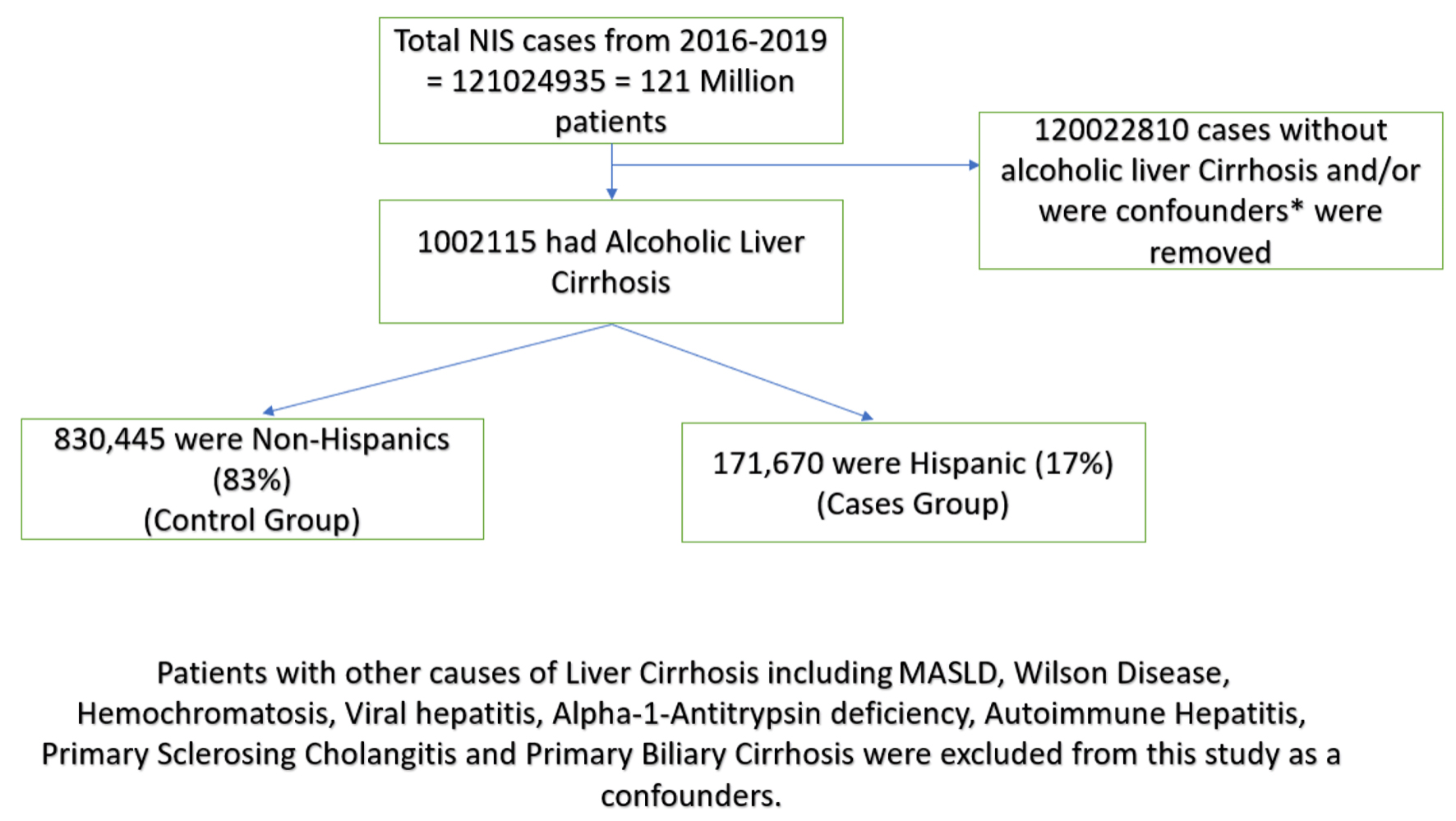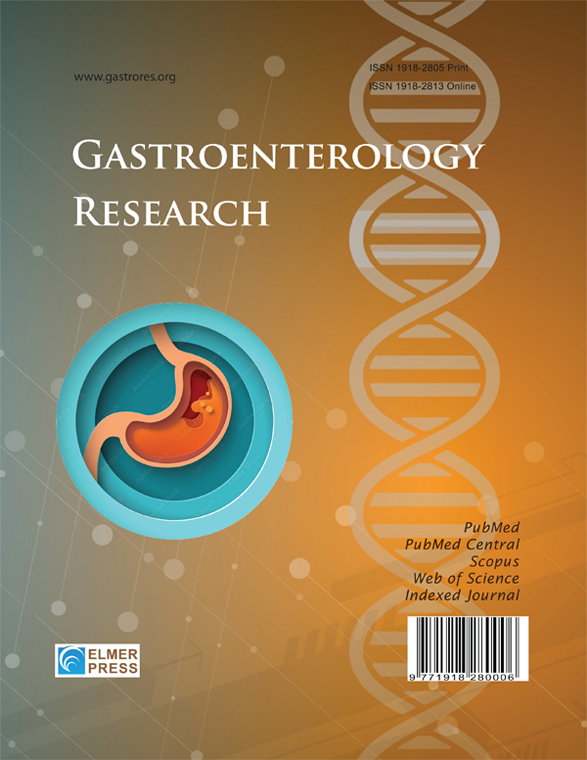Alcoholic Cirrhosis in the Hispanic Population of the United States: A Retrospective Analysis
DOI:
https://doi.org/10.14740/gr2067Keywords:
Portal hypertension, Esophageal varices, Hepatocellular carcinoma, Hepatorenal syndrome, Hispanic paradoxAbstract
Background: The Hispanic population is the fastest-growing ethnic group in the USA and is projected to comprise 30% of the US population by 2050. Despite socioeconomic disadvantages and often presenting with more severe disease phenotypes, previous studies in chronic diseases have shown that Hispanics experience lower overall inpatient mortality compared with other ethnic groups - a phenomenon known as the “Hispanic Paradox”. In alcoholic liver cirrhosis (ALC), this paradox is particularly evident: Hispanics frequently develop more advanced forms of alcoholic liver cirrhosis, yet survival outcomes are often similar or even superior to those of non-Hispanic populations. This study aims to assess the risk and burden of alcoholic liver cirrhosis in the Hispanic population and to compare the clinical phenotype of ALC with that observed in non-Hispanic populations.
Methods: This retrospective analysis used the Nationwide Inpatient Sample (NIS) database (2016 - 2019) to examine adults hospitalized with ALC. Patients with other causes of cirrhosis were excluded. Patients were stratified into Hispanic and non-Hispanic groups. Diagnoses, complications, and comorbidities were captured using the International Classification of Disease, 10th Revision (ICD-10) codes. The primary outcome was inpatient mortality; secondary outcomes included length of stay (LOS) and total hospitalization charges (TOTCHG). Statistical analyses were performed using Chi-square, t-tests, and Mann-Whitney U tests.
Results: Among patients hospitalized with alcoholic cirrhosis (n = 1,002,115), 17% were Hispanic. Hispanic patients were younger (mean age 54 vs. 57 years, P < 0.001), more often male (81% vs. 67%, P < 0.001), and had similar Charlson Comorbidity Index (CCI) scores. Despite slightly lower inpatient mortality (5.9% vs. 6.8%, P < 0.001), Hispanics experienced higher rates of complications, including esophageal varices (28% vs. 23%), variceal bleeding (10% vs. 7%), acute liver failure (27% vs. 25%), and hepatocellular carcinoma (4% vs. 2%) (P < 0.001 for all). Median TOTCHG was significantly higher ($46,494 vs. $38,881, P < 0.001) in Hispanic patients.
Conclusions: Hispanic patients with alcoholic cirrhosis (ALC) experience a higher burden of cirrhosis-related complications and increased healthcare utilization compared to other ethnic groups yet exhibit lower observed inpatient mortality. These disparities highlight the need for earlier detection, culturally tailored public health interventions, and improved access to preventive and specialty liver care to improve outcomes in this vulnerable population.

Published
Issue
Section
License
Copyright (c) 2025 The authors

This work is licensed under a Creative Commons Attribution-NonCommercial 4.0 International License.










